Could we live on the moon? How about Mars? What would we need? Can we make space habitable for humans? Monica explores how we can create a home away from planet Earth.
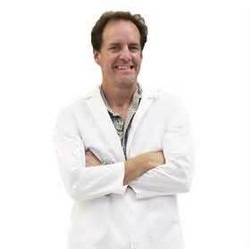
As founder and director of the South Texas Center for Emerging Infectious Diseases, with 19 infectious disease laboratories, Dr. Klose's research focuses on understanding bacterial pathogenesis in order to develop effective vaccines and therapeutics.
Dr. Klose received his Ph.D. in Microbiology at the University of California Berkeley in 1993, and performed postdoctoral studies in microbial pathogenesis at Harvard Medical School.
He joined the department of Microbiology at the University of Texas Health Science Center in San Antonio in 1997 as an assistant professor, and moved to the University of Texas San Antonio in 2004. He is the founder and director of the South Texas Center for Emerging Infectious Diseases, which consists of 19 infectious disease laboratories.
Dr. Klose’s research focuses on understanding bacterial pathogenesis, in order to develop effective vaccines and therapeutics. His laboratory studies Vibrio cholerae and Francisella tularensis, as well as several other human bacterial pathogens.
An author on more than 84 peer-reviewed publications, Dr. Klose has received funding from numerous sources, including NIH, DoD, SAAF, and Thrasher Fund. He has mentored many Ph.D., Masters, and undergraduate students, as well as postdoctoral fellows, and international visiting students from India, Spain, Austria, Germany, and Chile.
He has participated in numerous NIH study sections, he was the President of the Texas Branch of the American Society for Microbiology (ASM) (2001-2003), and has been an organizer of multiple national and international meetings, including meetings in Spain, Brazil, France, and India. He has twice been a recipient of two ASM Visiting Professorships, the first to Kolkata, India in 2004, and the second to Valparaiso, Chile in 2012. He received the 2002 Presidential Junior Research Scholar award at UTHSCSA and the 2009 President’s Distinguished Research Achievement Award at UTSA.
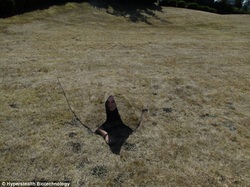
The U.S. military is backing the development of camouflage fabrics that could one day make soldiers completely invisible.
The so-called 'Quantum Stealth' camouflage material is said to render its wearers completely invisible by bending light waves around them.
Its makers claim the material, which is in effect similar to the invisibility cloak worn by Harry Potter, can even fool night-vision goggles.
The material renders the target completely invisible by bending light waves around the target. It removes not only your visual, infrared (night vision) and thermal signatures but also the target’s shadow.
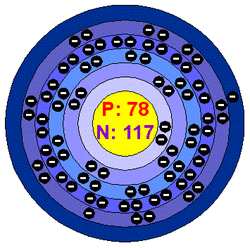
Platinum is a chemical element with the symbol Pt and an atomic number of 78.
Its name is derived from the Spanish term platina, which is literally translated into "little silver". It is a dense, malleable, ductile, precious, gray-white transition metal.
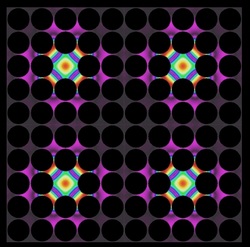
Thermal lattices, shown here, are one possible application of the newly developed thermocrystals. In these structures, where precisely spaced air gaps (dark circles) control the flow of heat, thermal energy can be "pinned" in place by defects introduced into the structure (colored areas). Illustration courtesy of Martin Maldovan
An MIT researcher has developed a technique that provides a new way of manipulating heat, allowing it to be controlled much as light waves can be manipulated by lenses and mirrors.
The approach relies on engineered materials consisting of nanostructured semiconductor alloy crystals. Heat is a vibration of matter — technically, a vibration of the atomic lattice of a material — just as sound is. Such vibrations can also be thought of as a stream of phonons — a kind of “virtual particle” that is analogous to the photons that carry light. The new approach is similar to recently developed photonic crystals that can control the passage of light, and phononic crystals that can do the same for sound.
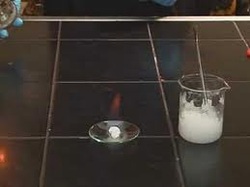
Alcohol gel fuel can be easily made from three simple items. Antacid tablets,vinegar and alcohol. You will need antacid tablets with at least over 1000mg of calcium carbonate. For ever tablet use 10ML of vinegar.
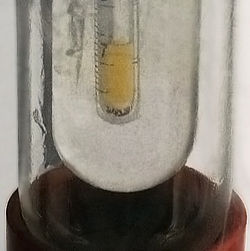
Fluorine (F) is the chemical element with atomic number 9. It is the lightest halogen.Fluorine is a pale yellow gas composed of diatomic molecules, F2. Fluorine is the most electronegative element and is extremely reactive, requiring great care in handling. It has a single stable isotope, fluorine-19.
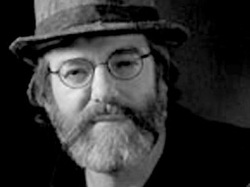
Paul Stamets believes that mushrooms can save our lives, restore our ecosystems and transform other worlds.Entrepreneurial mycologist Paul Stamets seeks to rescue the study of mushrooms from forest gourmets and psychedelic warlords.